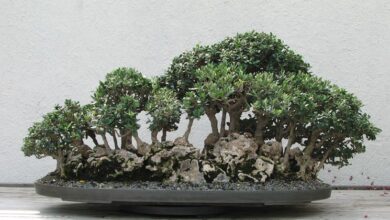Bonsai Ficus Retusa
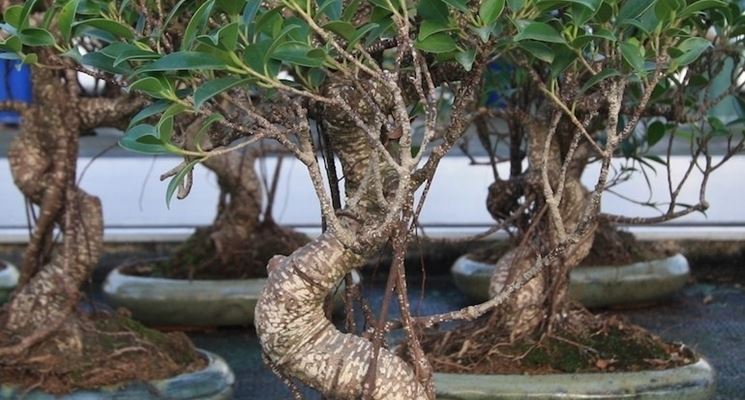
Main characteristics of the Ficus retusa bonsai

Seasonal exhibition of the bonsai Ficus retusa
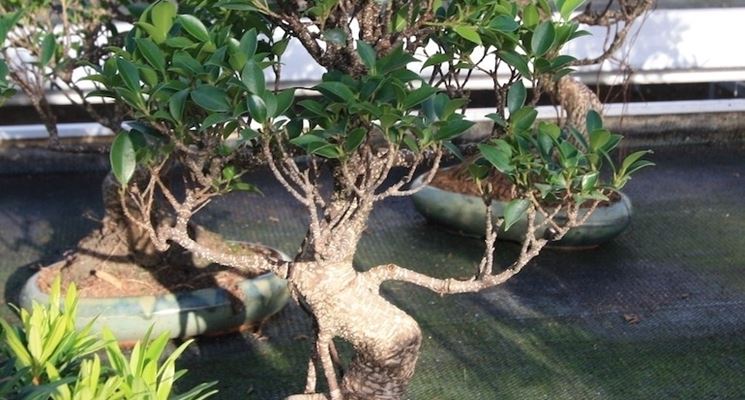
During the spring season, when the temperature remains above 10 ° C, the bonsai should be placed in a sunny place. The considerable amount of light will allow the development of strong branches and small leaves, with a homogeneous and compact crown. In the summer season, the Ficus retusa bonsai can safely stay in the sun (which is not recommended for other bonsai), while avoiding direct light, so as not to overheat the roots. Alternatively it can be kept indoors, in front of a window with curtains that illuminate it. During the autumn season the Ficus can stay outdoors until the temperature drops below 10 ° C, otherwise it will have to be brought indoors. In the winter season the bonsai must stay indoors. In addition, the use of a saucer with wet gravel, which ensures humidity to the plant,
Watering, pruning, pinching and defoliation of the Ficus
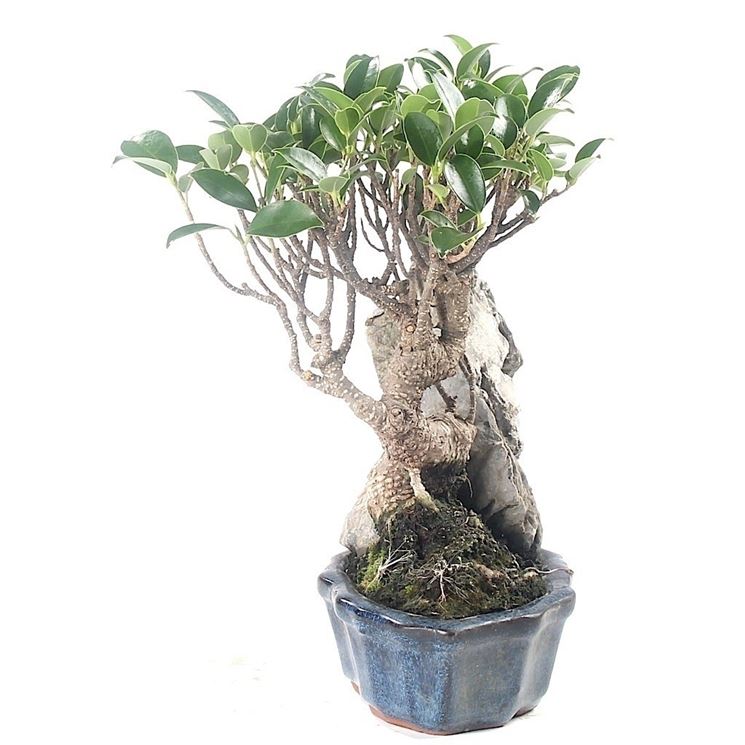
When the substrate appears dry, it must be wet with a watering can with small holes and repeat the action 2-3 more times, after a few minutes, to ensure that it completely absorbs the water. Pruning takes place in spring, in the months of March and April. The operation ensures the vegetative restart of the plant. The branches to be cut are selected according to the desired shape for the bonsai. With the concave cutter, however, the vertical ones are cut, those that cross each other, those that grow inwards or under another branch. The pinching is used to maintain the line of the crown and involves cutting the protruding shoots, with at least 5 leaves, at the level of the second or third leaf. The defoliation, carried out with the defoliator, in May-June, consists in cutting all the leaves of the Ficus.
Bonsai Ficus Retusa: Repotting, fertilization and wire application
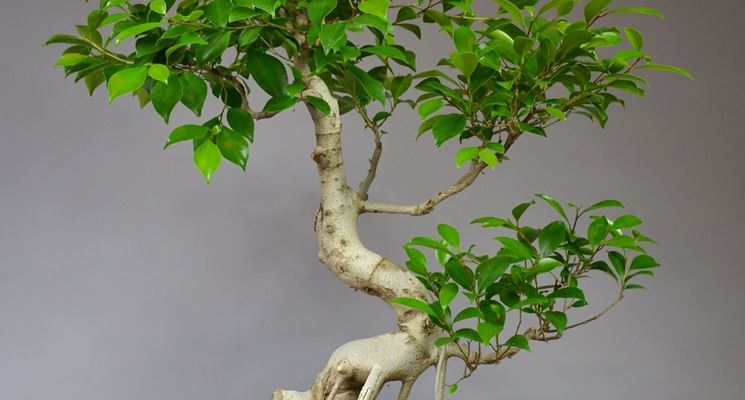
Repotting is carried out in April-May and generally a rectangular or oval glazed pot is used with a length equal to 7 tenths of the height of the Ficus retusa bonsai. Being an evergreen plant, it must not be repotted with bare roots but the stick of earth must be left and the roots must be reduced by half. It is good to use a ready soil and in the following 3 weeks do not fertilize but carry out sprays of B vitamins, once a week. During the year it is necessary to fertilize regularly, decreasing only in November and December. The fertilizer can be liquid, given 2-3 times a month, or slow-release solid, given every month and a half. To mold the tree into the desired shape, aluminum wire is used to stretch the trunk and branches, without over-tightening.


